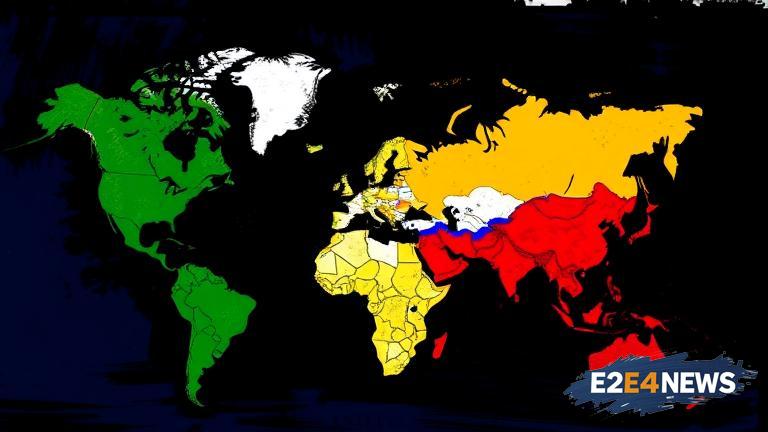The United States has recently imposed tariffs on India, sparking concerns about the future of their trade relationship. This move is seen as a significant shift in the global trade landscape, with potential implications for the economy. The tariffs, which were announced by President Trump, are expected to affect a range of Indian goods, including textiles, pharmaceuticals, and agricultural products. The decision has been met with criticism from Indian officials, who argue that the tariffs will harm the country’s economy and lead to job losses. Meanwhile, Russia has been strengthening its ties with India, with the two countries signing several trade agreements in recent months. The Russia-India partnership is seen as a strategic move to counterbalance the influence of the US and China in the region. The economic implications of these developments are far-reaching, with potential consequences for global trade, investment, and economic growth. The US-India trade relationship is worth billions of dollars, and any disruption to this relationship could have significant effects on the global economy. The tariffs imposed by the US are expected to lead to higher prices for Indian goods, making them less competitive in the global market. This could lead to a decline in Indian exports, which would have a negative impact on the country’s economy. On the other hand, the Russia-India partnership is expected to lead to increased trade and investment between the two countries, with potential benefits for both economies. The partnership is also seen as a way for Russia to expand its influence in the region, and to reduce its dependence on European markets. The global trade landscape is becoming increasingly complex, with multiple countries and regions vying for influence and economic power. The US, China, and the European Union are among the major players in global trade, but other countries, such as India and Russia, are also seeking to assert their influence. The economic implications of these developments are significant, with potential consequences for global economic growth, trade, and investment. The World Trade Organization (WTO) has been working to promote free trade and to reduce trade barriers, but the recent tariffs imposed by the US and other countries have raised concerns about the future of global trade. The WTO has been criticized for its inability to prevent trade wars and to promote free trade, and there are concerns that the organization may not be effective in resolving the current trade disputes. The global economy is facing significant challenges, including rising trade tensions, slowing economic growth, and increasing debt levels. The trade tensions between the US and India, as well as the partnership between Russia and India, are just a few examples of the complex and evolving global trade landscape. The economic implications of these developments will be closely watched by investors, policymakers, and economists, as they seek to understand the potential consequences for the global economy. The US-India trade relationship is just one example of the complex web of trade relationships that exist between countries, and any disruption to this relationship could have significant effects on the global economy. The Russia-India partnership is also seen as a way for both countries to reduce their dependence on other markets, and to promote economic growth and development. The partnership is expected to lead to increased trade and investment between the two countries, with potential benefits for both economies. The global trade landscape is constantly evolving, with new developments and challenges emerging all the time. The economic implications of these developments will be significant, and will require careful monitoring and analysis by investors, policymakers, and economists.
